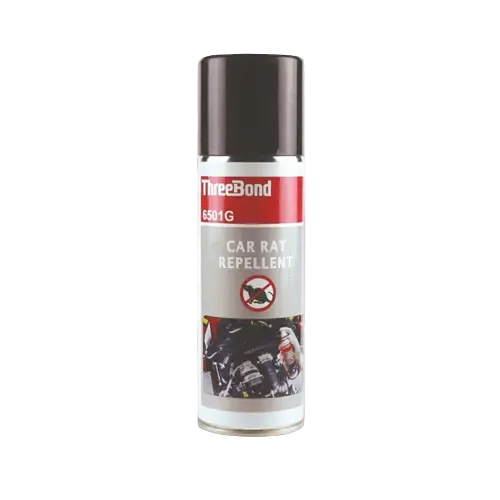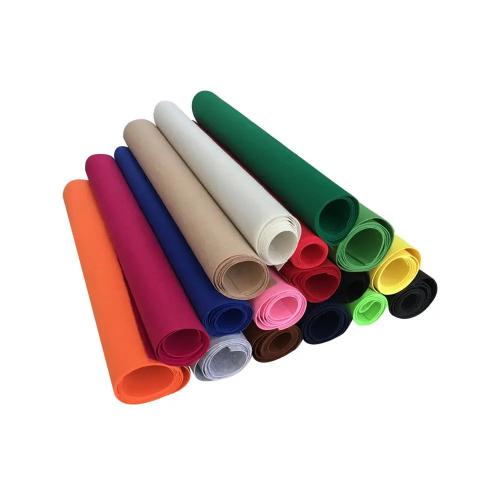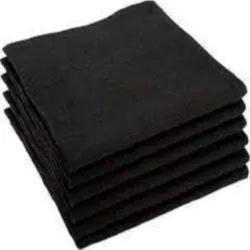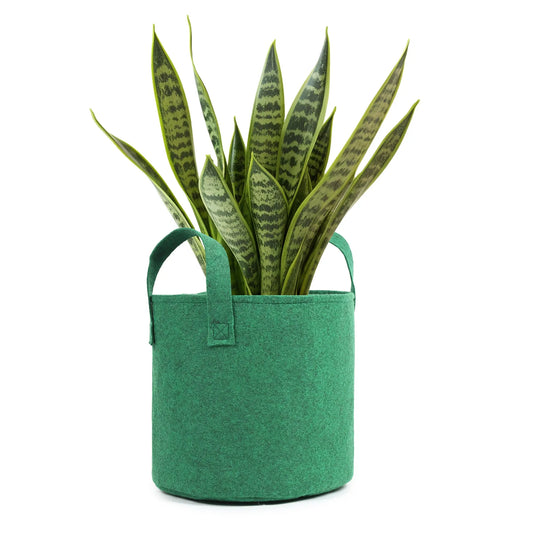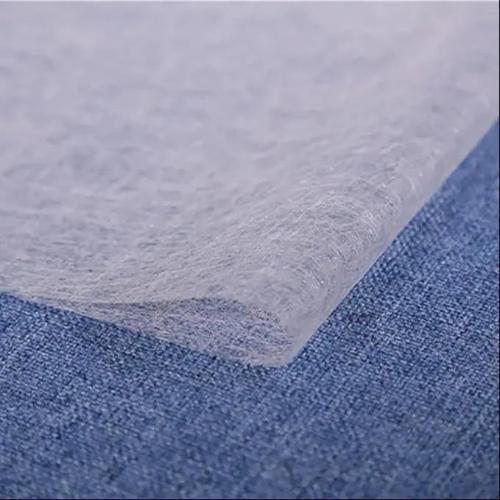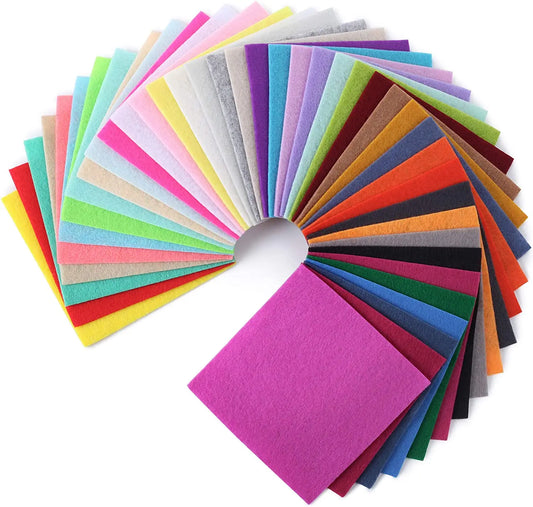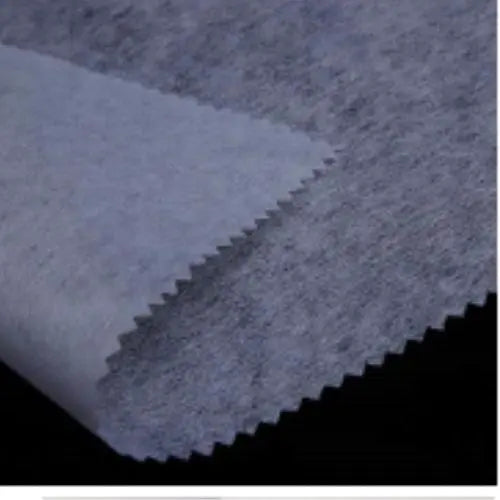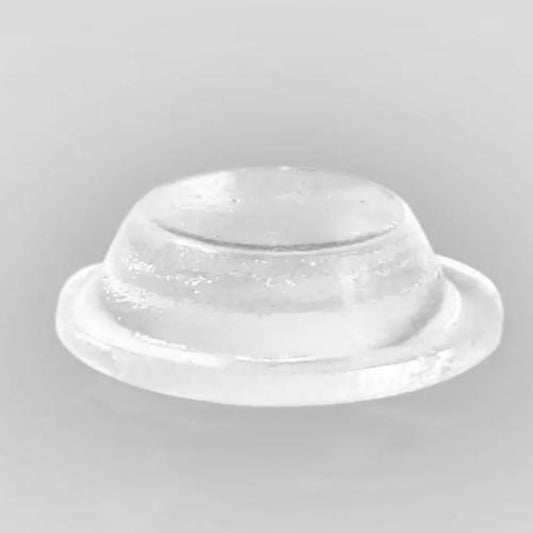Collection: Products
-
 Sold out
Sold outAcoustic Panel
Vendor:MegTri AdhesivesRegular price Rs. 85.00Regular priceUnit price / per -
Acoustic Spray Adhesive
Vendor:MegTri Adhesives Pvt.LtdRegular price Rs. 500.00Regular priceUnit price / per -
Cabin Filter Fabric Media
Vendor:MegTri Adhesives Pvt.LtdRegular price Rs. 40.00Regular priceUnit price / per -
Carbonised Felt
Vendor:MegTri Adhesives Pvt.LtdRegular price Rs. 1,100.00Regular priceUnit price / per -
Custom Die Felt Buffer
Vendor:MegTri Adhesives Pvt.LtdRegular price Rs. 5.00Regular priceUnit price / per -
Effective Car Rat Repellent for Your Vehicle
Vendor:MegTri Adhesives Pvt.LtdRegular price Rs. 407.00Regular priceUnit price / per -
Fashion Color Felt
Vendor:MegTri Adhesives Pvt. Ltd5.0 / 5.0
(1) 1 total reviews
Regular price Rs. 35.00Regular priceUnit price / per -
Fire Retardant Felt
Vendor:MegTri Adhesives Pvt.LtdRegular price Rs. 220.00Regular priceUnit price / per -
HDPE Grow Bags
Vendor:MegTri AdhesivesRegular price Rs. 0.00Regular priceUnit price / per -
Interlining PV Fusing
Vendor:MegTri Adhesives Pvt. LtdRegular price Rs. 18.00Regular priceUnit price / per -
Interlining PV Plain
Vendor:MegTri Adhesives Pvt. LtdRegular price Rs. 299.00Regular priceUnit price / per -
Korean Solitone Felt
Vendor:MegTri Adhesives Pvt.Ltd5.0 / 5.0
(1) 1 total reviews
Regular price Rs. 160.00Regular priceUnit price / per -
Microdot Interlining
Vendor:MegTri Adhesives Pvt.LtdRegular price Rs. 5.00Regular priceUnit price / per -
Multibond Ez-1: The Ultimate Choice for Hardware Applications
Vendor:MegTri Adhesives Pvt.LtdRegular price Rs. 0.00Regular priceUnit price / per -
Non Woven Embroidery Paper
Vendor:MegTri Adhesives Pvt. LtdRegular price Rs. 110.00Regular priceUnit price / per -
PAB PGA 01 Large PU Bumper
Vendor:MegTri Adhesives Pvt.Ltd5.0 / 5.0
(1) 1 total reviews
Regular price Rs. 1,415.00Regular priceUnit price / per -
PAB PGA 02- Pu buffer
Vendor:MegTri Adhesives Pvt.LtdRegular price Rs. 1,331.00Regular priceUnit price / per -
PAB PGA 12 PU Buffer
Vendor:MegTri Adhesives Pvt.LtdRegular price Rs. 1,312.00Regular priceUnit price / per -
PAB PGA 24
Vendor:MegTri Adhesives Pvt.LtdRegular price Rs. 1,036.00Regular priceUnit price / per -
PAB PGA-01 PU Bump-On
Vendor:MegTri Adhesives Pvt.Ltd5.0 / 5.0
(1) 1 total reviews
Regular price Rs. 1,022.00Regular priceUnit price / perRs. 929.00Sale price Rs. 1,022.00 -
PAB PGA-04 Polyurethane Buffer
Vendor:MegTri Adhesives Pvt.LtdRegular price Rs. 1,172.00Regular priceUnit price / per -
PAB PGA-05 PU Buffer
Vendor:MegTri Adhesives Pvt.Ltd5.0 / 5.0
(1) 1 total reviews
Regular price Rs. 862.00Regular priceUnit price / per -
PAB PGA-07 Polyurethane Bumper
Vendor:MegTri Adhesives Pvt.Ltd5.0 / 5.0
(3) 3 total reviews
Regular price Rs. 1,021.00Regular priceUnit price / per






